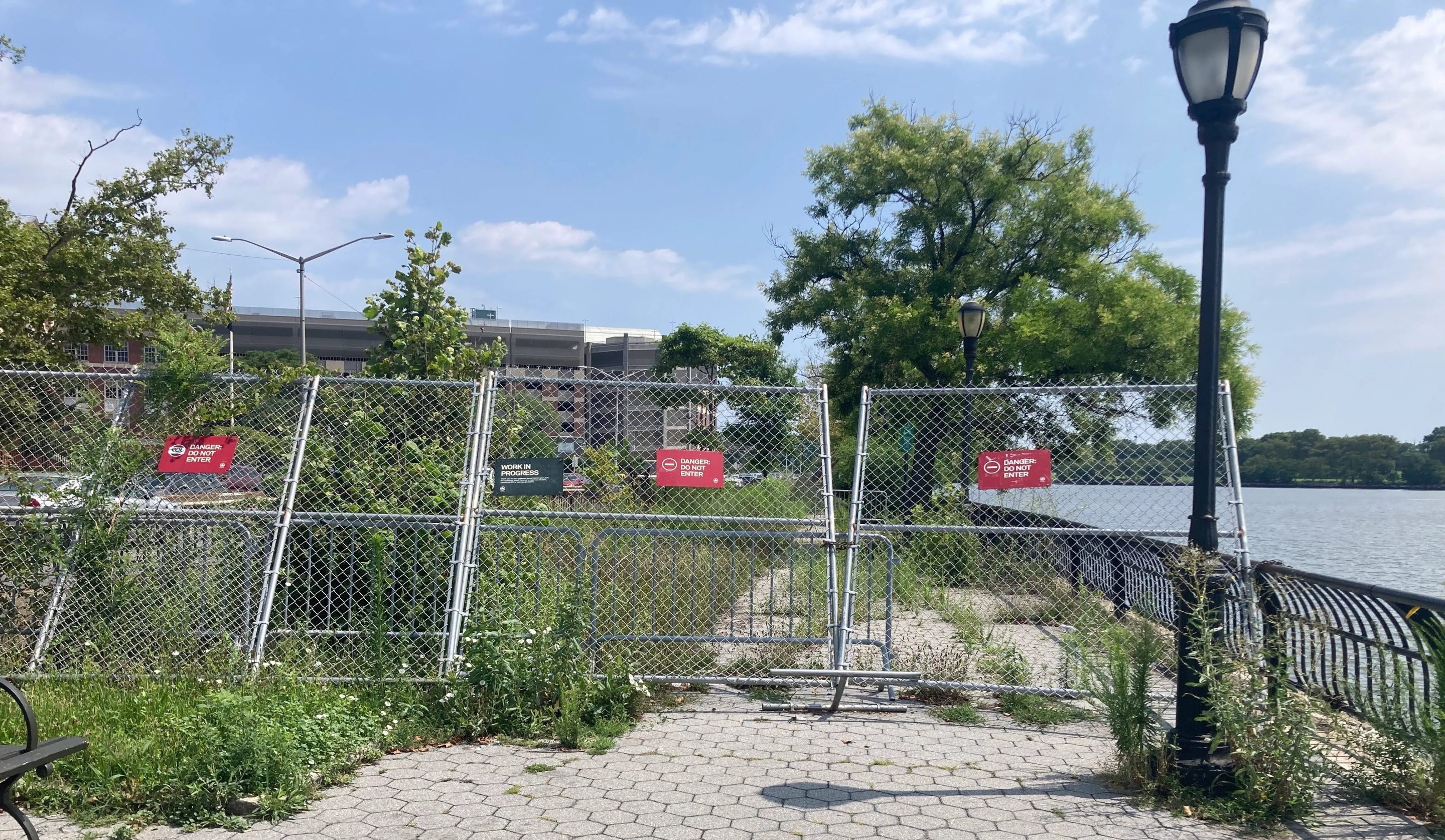A state grant program currently limited to road and highway projects could allocate money for biking and walking if an upstate pol can convince her Albany colleagues.
Grants from New York's Consolidated Local Street and Highway Improvement Program (oddly abbreviated as CHIPS), are currently calculated based on number of miles of auto lanes and motor vehicle registrations in each municipality — essentially discouraging transportation planners from expanding cycling and pedestrian infrastructure, according to the proposed law's sponsor.
For four decades, CHIPS has doled out funding for maintaining streets that aren’t part of the state highway system. A bill proposed by Assembly Member Patricia Fahy (D-Albany) would open up that money to bicycle lanes, greenway trails, and other multi-use trails — and incorporate their mileage in the calculation of how much financing each municipality gets.
The proposal, is "like a side-door way of incentivizing localities to do more of these multi-modal paths,” she said.
The old car-focused formula actively discourages officials from removing auto lanes or replacing them with bike paths.
“If local governments were looking to do a road diet, there [is] a disincentive to do that because it would reduce the amount of road miles and as a result reduce the amount of funding,” said Dylan Carey, the director of policy and planning at Parks and Trails New York. “Any transportation facility should be considered lane mileage."
The greenway expert has heard from local planners who tried to get a bike lane installed — only to see their proposal scrapped because officials didn’t want to lose their CHIPS funding.
“This bill really could be transformative if it is passed, and could unlock a whole new world of opportunity to use existing funding for a wider array of purposes," Carey said.
The extra funding is sorely needed in New York City in particular, where many greenways under the jurisdiction of the city’s underfunded Parks Department have deteriorated for years due to a lack of maintenance.
New York City already gets more CHIPS money than any other municipality in the state — $108.4 million in new funding in the latest fiscal year — thanks to its 6,300 miles of streets and highways. The city could get even more money — more than 10 percent more — if its 680 miles of protected bike lanes were also counted.
It’s unclear how exactly the proposed law would affect each city and town’s allocation, according to Fahy. Some elected officials around the Empire State might oppose the change for fear of losing out from the top funding source for their local roads — but that should only encourage them to build more green transportation paths, she said.
“We know we’re being highly ambitious on this one,” Fahy said. “We have a lot of work to do… Taking on these issues, it’s difficult.”
The bill is part of a greenway-focused package the Capital Region lawmaker unveiled late last year, but which has received little media attention outside of local upstate news outlets. The collection of bills also requires safe detours when parts of the Empire State Trail are closed, permit greenway development along electric utility corridors, direct state Bridges and Thruway Authorities to promote bike and pedestrian access to their bridges, and standardize greenway designs.
The CHIPS funding rejig is the most substantial of the laws, and came out of a 2021 State Parks greenway plan, and Carey said the state should provide local governments the option for greener paths, rather than setting up financial barriers.
“There should be the option to be more environmentally friendly and provide people alternatives,” he said. “It gives them the option to be spending this on whatever is most important to their communities.”
Spokespeople for both the state and city Departments of Transportation declined to comment.





